Phrygian Cult Practice

In a society where there were no sacred texts or established doctrines that we can use to understand religious practice, our knowledge of Phrygian religion comes almost entirely from the physical remains of cult rituals: the representations of deities, votive offerings to them, and the sanctuaries and sacred spaces of the Phrygians. Our limited knowledge of the Phrygian language means that we do not know what the Phrygians thought about the divine, nor can we be certain about the nature of their religious practices. Greek and Roman historical and literary texts give a vivid picture of Phrygian rites, but a better understanding of Phrygian cult practice can be gained from the evidence within Phrygia itself.
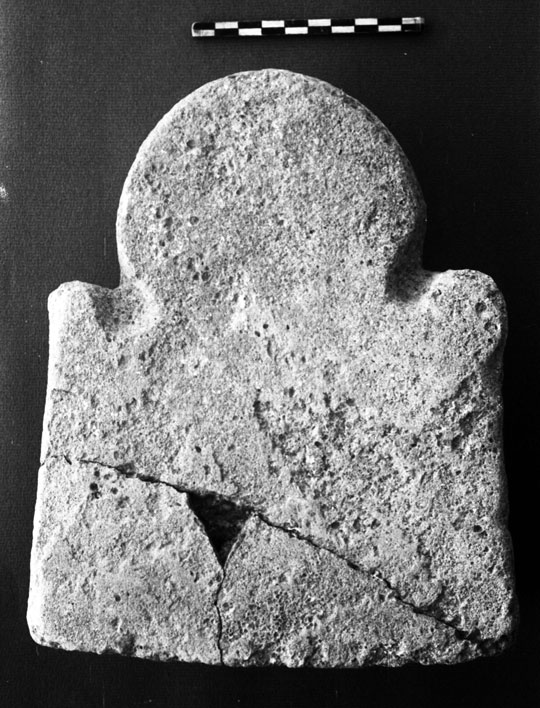
This discussion will be primarily concerned with Phrygian cult material and its meaning in the context of Phrygian society.
Phrygian cult practice seems to have been extensively concerned with acknowledging the divine through monuments that made use of natural materials and settings, such as rock-cut shrines and votive spaces, and relief façades carved directly onto natural rock outcrops. Such monuments can include plain stelai, altars with steps leading up to them, and stone figures shaped into schematic anthropomorphic idols. Some idols were carved directly into the natural rock of the terrain while others were freestanding objects. Most idols depict a single humanoid form, but in a few instances a pair of figures is represented.
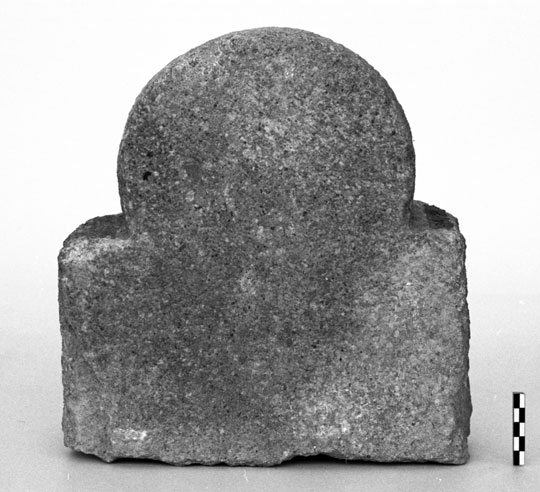
Such images are often combined with stepped altars or cup marks that could have been used for the deposition of votive offerings. They are found both in or near urban settlements and in more rural locations. There are several examples from the Gordion settlement mound, all discovered in reused contexts so we do not know where they were originally placed. Additional examples occur in other Phrygian settlements, including Midas City, near the modern Turkish city of Afyon, and Boğazköy, the former Hittite capital. Similar cult installations are also located in more remote areas that may have formed the boundary between local territories, or along strategic nodes of transportation or communication. One example is the site of Dümrek, where several stepped altars and idols are found on a high cliff above the Sakarya River north of Gordion. The largest concentration of such cult installations is located in the rural district that forms the Phrygian Highlands, a roughly triangular territory bounded by the modern Turkish cities of Afyon, Eskişehir, and Kutahya, where they are often situated in mountainous passes or along access routes to interior valleys.
For the most part, the deity or deities honored by these altars and idols are anonymous to us, but there is a series of images that depict a female deity in a clearly delineated anthropomorphic form. A few are free standing, but most form part of a carved relief that depicts the front of a building with a central door, in which the deity appears as if standing in an open doorway. The figure is regularly shown heavily draped, with an elaborate costume and headdress. Some reliefs were carved onto orthostate blocks (an example is known from Ankara) or were set into a city wall near a gate (e.g. at Boğazköy), while others were carved directly into live rock. Some of the most dramatic examples can be found in the Phrygian Highlands, such as Arslankaya.
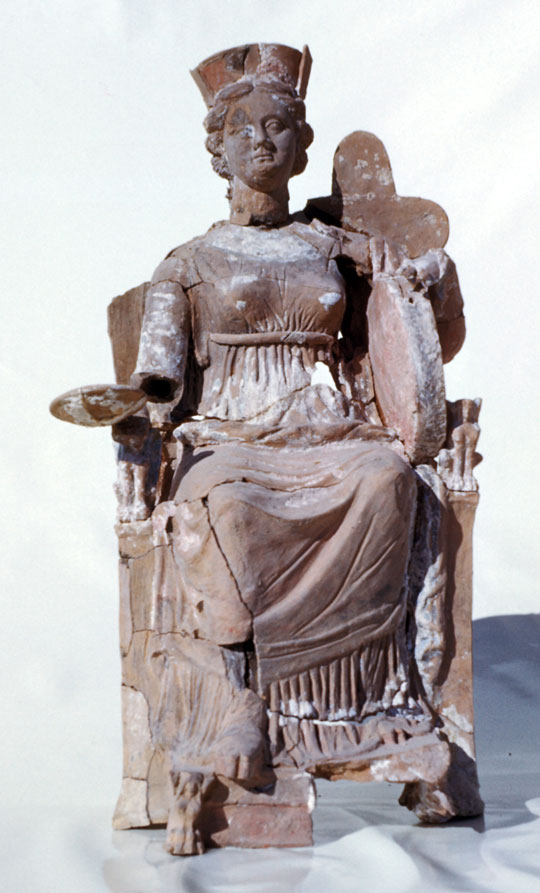
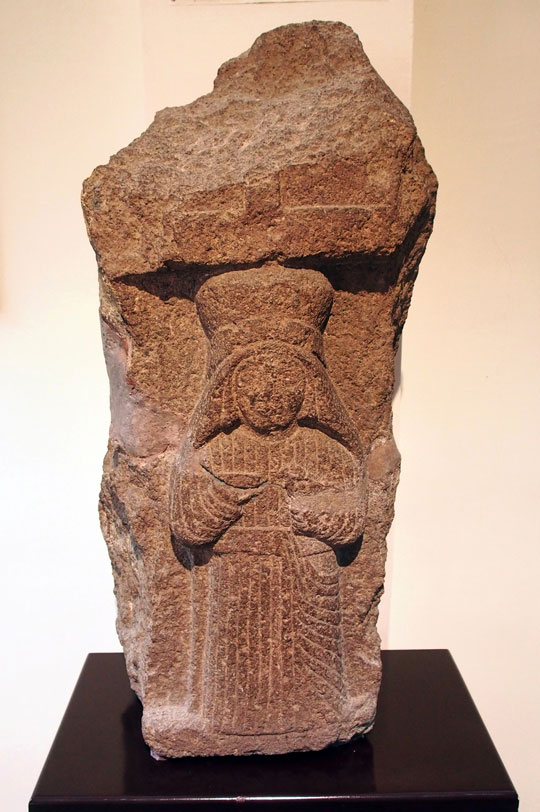
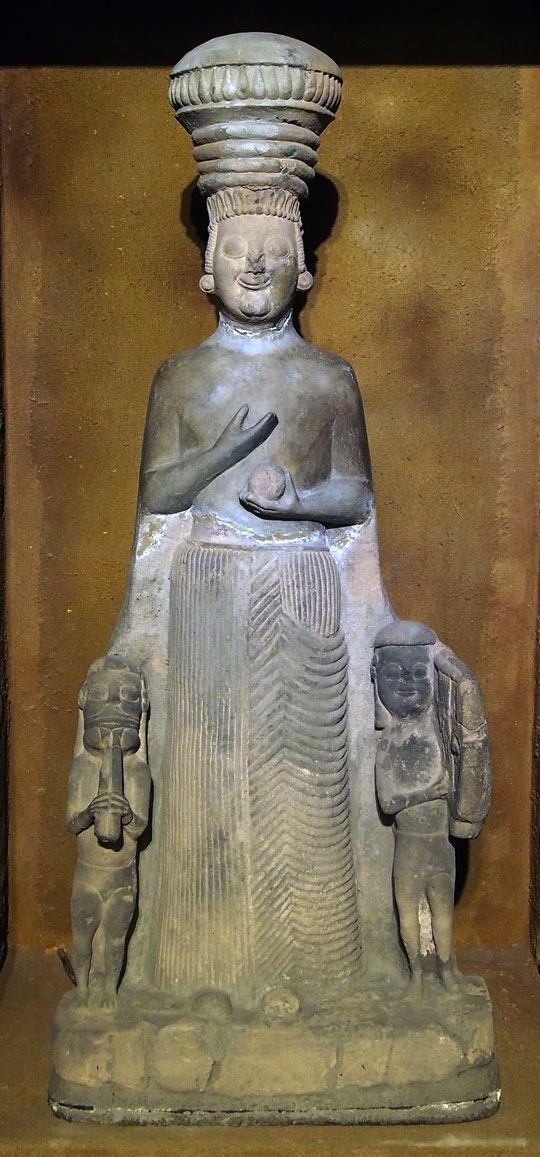
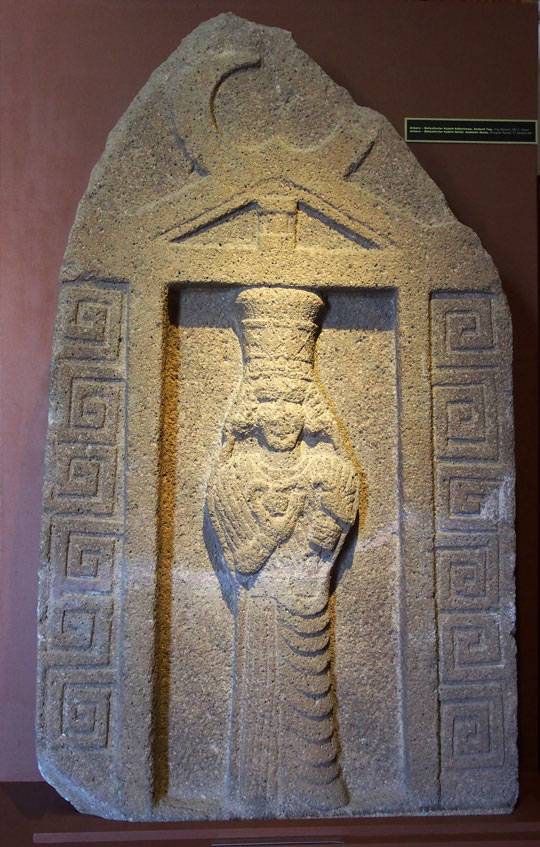
Other examples of such reliefs carved onto the natural rock of the Phrygian Highlands depict the architectural façade and doorway noted above, but no divinity. In such façades there are often cuttings within the ‘doorway’ that suggest that a portable image could have been placed there. The magnificent façade at Midas City offers a memorable example. Inscriptions found on several of these façades identify the deity for us: she is Matar, the Phrygian Mother goddess. The Phrygian name Matar can be qualified by an adjective, and in two cases the adjective given is Kubeliya. The goddess can be shown with one or more attributes, including a drinking vessel, a bird of prey, a lion, a composite lion-human figure, or, in the image from Boğazköy, two young men with musical instruments, a lyre and a set of pipes.
The Greeks and Romans were well aware of the Phrygian Mother deity, whom they called Mother Kybele (taken from her Phrygian name), and Greek and Roman sources describe her as a formidable, often frightening, figure who was accompanied by eunuch priests. Within the context of Phrygia itself, however, the goddess appears as a beneficial figure, protecting the gates and walls of a city and the territorial boundaries and transportation routes between settled communities. No examples of temples or other independent architectural structures dedicated to the Phrygian Mother are known, so it seems likely that the goddess was worshipped at the location or boundary where her protection would have been needed. The Mother is the only Phrygian deity depicted in anthropomorphic form, although it is by no means certain that she was the only deity in the Phrygian pantheon. The presence of double idols on several Phrygian altars indicates the existence of a pair of deities, perhaps a dominant male and a dominant female divinity, which is also implied by the legend of the Gordian Knot.
These features of Phrygian cult practice are fairly consistent throughout the Phrygian settlements in central Anatolia. Their chronology is not well understood, but it is likely that the most impressive cult images and carved façades were made during the period of Phrygian hegemony in central Anatolia, the eighth through early sixth centuries BCE. The large cult façades, such as the ones at Midas City and Arslankaya, and the complex sculptural groups such as the one set in the city gate at Boğazköy, would have required extensive resources of manpower and materials to create, and these are likely to be the dedications of the Phrygian ruling authorities. There are also a large number of simpler altars and idols, implying that the same deity or deities were venerated by more humble folk as well. While creation of the complex carved façades ceases with the end of an independent Phrygian state, many other features of Phrygian cult practice were very long-lived. We can see this at Gordion, where images of the Phrygian Mother continued to be produced during the third and second centuries BCE, although these later images are highly Hellenized in form. Some Phrygian cult shrines in the Phrygian Highlands continued to be venerated much longer, until the second or third centuries CE.
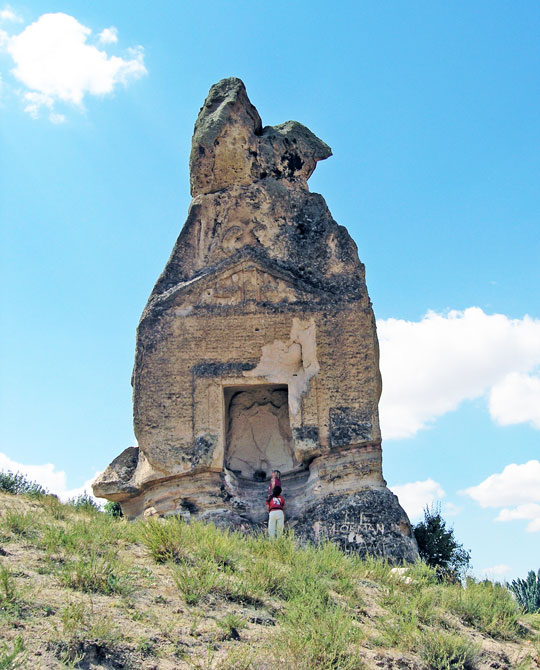
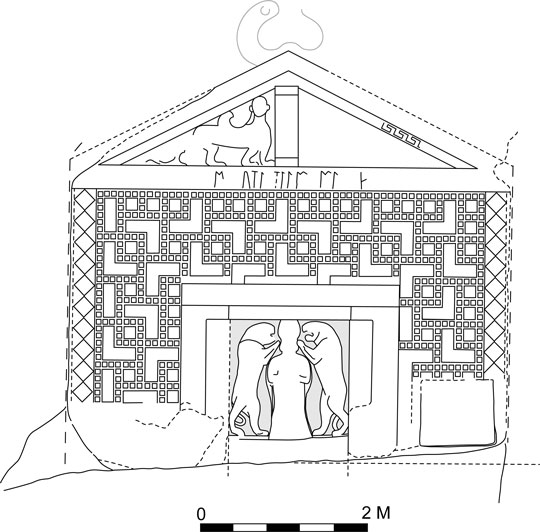
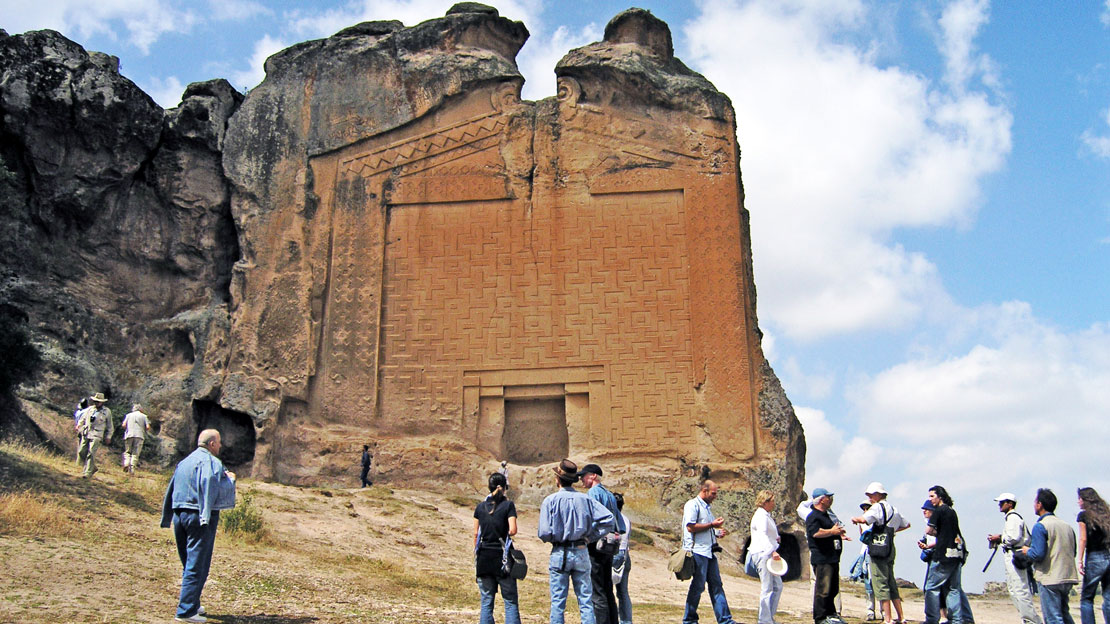
Further reading
- Berndt-Ersöz, S. 2006. Phrygian Rock-Cut Shrines: Structure, Function, and Cult Practice, Leiden and Boston.
- Roller, L. E. 1988. “Phrygian Myth and Cult,” Source 7, pp. 43-50.
- Roller, L. E. 1999. In Search of God the Mother: the Cult of Anatolian Kybele, Berkeley, Los Angeles and London.

